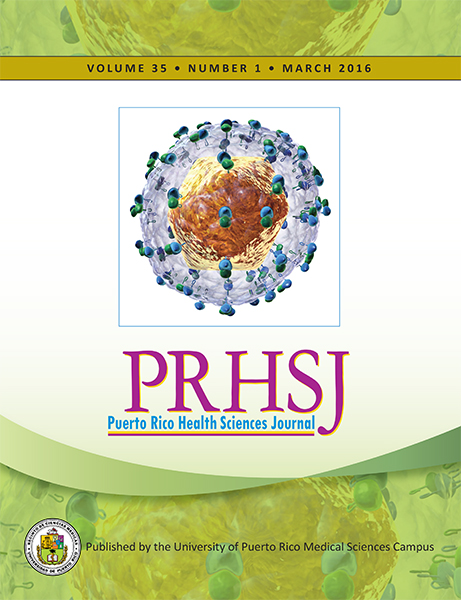Abstract
Feto-fetal transfusion syndrome is a pathological process unique to diamniotic monochorionic pregnancies. It is the consequence of an unbalanced fetal blood flow through communicating vessels within a shared placenta. When it occurs, a polyuric, hypervolemic recipient twin co-exists with a hypovolemic oliguric donor. The presence of polyhydramnios or oligohydramnios is considered a poor prognostic indicator, whereas normal amniotic fluid volumes indicate a lack of clinically significant twintwin transfusion. In addition, the spontaneous normalization of amniotic fluid volume is usually seen as a favorable prognostic sign. Here, however, we present a case of feto-fetal transfusion in a 31 year-old primigravida at 19 week, in which the spontaneous normalization of amniotic fluid volume in the recipient twin preceded the death of the donor.
Authors who publish with this journal agree to the following terms:
a. Authors retain copyright and grant the journal right of first publication with the work simultaneously licensed under a Creative Commons Attribution License that allows others to share the work with an acknowledgement of the work's authorship and initial publication in this journal.
b. Authors are able to enter into separate, additional contractual arrangements for the non-exclusive distribution of the journal's published version of the work (e.g., post it to an institutional repository or publish it in a book), with an acknowledgement of its initial publication in this journal.
c. Authors are permitted and encouraged to post their work online (e.g., in institutional repositories or on their website) prior to and during the submission process, as it can lead to productive exchanges, as well as earlier and greater citation of published work (See The Effect of Open Access).
